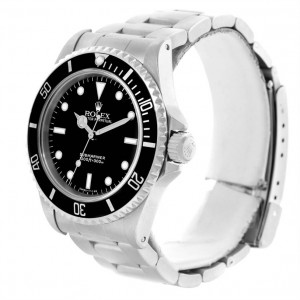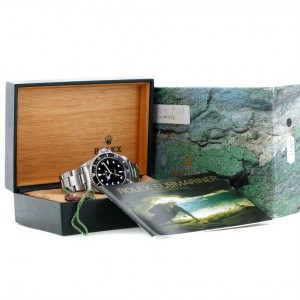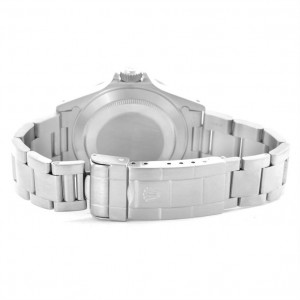The modern dive watch, which became popular in the 1950s, is the result of decades of innovation: water-resistant cases, luminous dials for visibility, automatic winding, and the iconic timing bezel. However, one watch – created by Rolex over a decade earlier – played a key role in shaping this evolution: the Rolex Zerographe, reference 3346. 
Introduced in 1937, the Zerographe may not be well-known, but it holds a significant place in Replica Rolex’s history at Replicaimitation. One standout version of the model features a distinctive “California dial” with half-Roman, half-Arabic numerals, and a striking steel bezel with a 60-minute scale. Despite its modest size at just 32mm, its design seems ahead of its time, almost resembling a dive watch. Encased in Rolex’s waterproof Oyster case, it appears ready for underwater use. However, the pusher at 2 o’clock reveals it had more in store than just water resistance.
Unlike modern chronographs, which typically have multiple subdials and pushers to control the stopwatch functions, the Zerographe had a minimalist approach. At first glance, it looks like a simple time-only watch, with regular hour and minute hands and a sweeping seconds hand. So, where’s the chronograph function? It turns out the Zerographe’s stopwatch capability is both ingenious and primitive.
Pressing the pusher at 2 o’clock resets the seconds hand to zero and keeps it there as long as the pusher is held. Releasing it resumes the hand’s movement, allowing timing up to 60 seconds. For longer intervals, aligning the bezel’s red marker with the minute hand helps measure additional minutes. It wasn’t as intuitive as later chronographs, but it was undeniably an interesting approach to watch functionality. 
This quirky, experimental design made the Zerographe a prototype for clone Rolex. It’s uncertain how many were produced – some estimates suggest fewer than a dozen. The existing examples vary in design, and not all include the rotating bezel. Despite its rarity, the Zerographe was a precursor to two of Rolex’s most famous lines: the Submariner and the Daytona.
Although it wasn’t the first watch to feature a rotating bezel (that credit goes to earlier designs like John Harwood’s 1924 invention), the Zerographe helped pave the way for the future of sports and tool Replica watches. Watches like the Glycine Airman, Rolex Submariner, Zodiac Sea Wolf, and Blancpain Fifty Fathoms would define the genre in the 1950s, but the Zerographe served as the seed for this evolution. 
The Zerographe stands as a pivotal link in Rolex’s history – a testament to the brand’s constant experimentation and innovation that would ultimately shape the future of watchmaking.